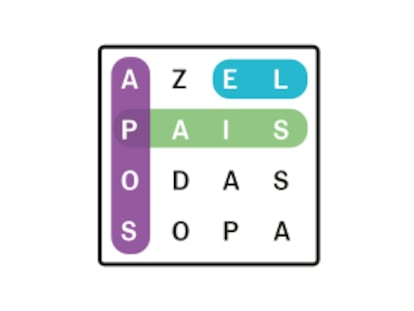Something from nothing: Novel genes from existing, non-coding DNA
Understanding the creation of new genes is a primary objective in the study of genetics. There are numerous ways by which such creation can occur, but most depend on genes that are already present. In most cases, the DNA of a ‘parent’ gene is copied to produce a ‘daughter’ gene. Over time the daughter can evolve and may develop new functions. Another, albeit very rare, type of gene creation was not discovered until relatively recently. In this process, known as de novo gene formation, the source of the material for the new gene is not copied from another location. Instead, a previously functionless region of DNA becomes a new gene as the result of a few mutations.
The concept may be easier to grasp through the use of an analogy. Think of the human body as a machine and the body’s DNA as an instruction manual on how to build and control the machine. The sentences in this hypothetical manual represent separate genes with some machine processes described in a single sentence, while others may require several. There is a copy of this manual in almost every cell of the human body and the entire manual has to be replicated every time a new cell is produced, a process that is not immune to the occasional error. These errors, known as mutations, can affect genes to varying degrees. Some have no impact, while others may seriously disrupt a gene’s function. Some mutations can increase an individual’s chance of survival or reproduction, and may be passed on to future generations.
Strictly speaking, genes are not arranged as conveniently as the sentences in a book. Some overlap, but most are separated by stretches of seemingly useless non-coding (‘junk’) DNA. In keeping with the above analogy, junk DNA can be thought of as nonsensical strings of letters. De novo genes are created by mutations in this junk DNA, resulting in understandable sentences appearing in the place of random letters. The existence of de novo genes has led to debates within the scientific community, and has only recently begun to gain widespread acceptance. Their rarity has allowed them to remain elusive.
Aside from the need for the occurrence of a few mutations to produce a readable gene, the de novo gene must also be present in a cell that will give rise to the next generation; in mammals these are the sperm and egg cells. For a gene to function it must be processed by some ‘machinery’; this process is facilitated by nearby regions called promoters. Once a gene is expressed, its effect on the organism will determine whether or not it survives; a de novo gene that is disadvantageous will not survive. One that does survive, however, may remain in the gene pool and, over time, it may even evolve an important role.
So far, examples of de novo genes have only been reported in a handful of species, including yeast, fruit flies, and humans. In almost all cases, they seem to be very small and overlap with, or occur very close to, other genes. This tendency to be found in the vicinity of other genes is hardly surprising considering the requirement for an associated promoter. A novel promoter appearing at the same time as a new gene is thought to be extremely unlikely; therefore, de novo genes are far more likely to ‘hijack’ the promoters of nearby genes in order to be expressed.
In our study we set out to find such genes in mice. In many ways this is potentially more informative than finding them in humans. The disadvantage of human studies is that the functions of the genes cannot be tested within a live organism, as it is morally abhorrent and legally forbidden to manipulate human DNA in such a fashion. In mice, however, tests in which selected genes are silenced or removed, revealing the gene’s functions and importance, are possible.
There is a large amount of genetic information on an array of different organisms in several on-line databases. Using those resources we obtained a list of genes in mice that are not found in any other species. We examined seventy possible de novo genes, but only eleven provided enough evidence to suggest that they are being expressed. In keeping with the aforementioned characteristics of de novo genes, all eleven are small and eight overlap with other genes. By comparing the DNA sequences of these genes with those in rat, guinea pig, and human we were able to determine the specific mutations that allowed the regions of non-coding DNA to become de novo genes.
Although these are not the first de novo genes to be found, they are among the first that can be manipulated and examined in a live mammal, the mouse. De novo genes seem to be far more common than was initially thought and it is expected that more will be discovered in the near future. They are likely to exist across all species of animals and plants, and throughout all stages of evolution. The fact that each de novo gene is, by definition, completely unique to a species could mean they have had vital roles in speciation. Future discoveries are likely to tell us a great deal more about the forces driving evolution.







































































